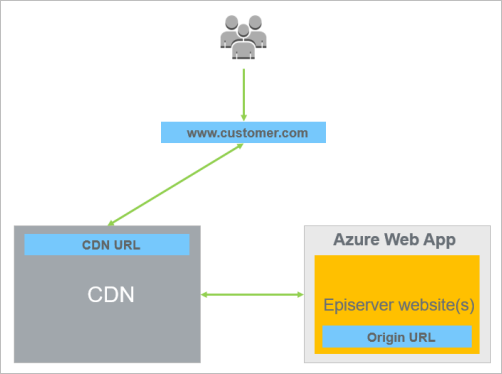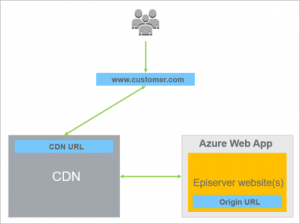If it’s repetitive, it can be automated. Think about the following requirements. Have you ever hoped there would be a better way to implement them?
- INotifyPropertyChanged
- Undo/redo
- Code contracts (preconditions)
- Logging
- Transaction handling
- Exception handling
- Thread dispatching
- Thread synchronization
- Immutable
- Authorization
- Audit
- Caching
Generally we will be doing this
private SearchResults<DummyObject> GetResults()
{
try
{
var query = client.Search<DummyObject>();
var results = query.Take(10).StaticallyCacheFor(TimeSpan.FromMinutes(5)).GetResult();
return results;
}
catch (ServiceException exception)
{
//Blah blah
}
catch (ClientException exception)
{
//Blah blah
}
}
There are few issues in above code
- Exception code will be repititive and will expand the class after some time.
- Mixing code in business logic.
- More than one responsibilities in one object.
There are many ways to deal with this but here
PostSharp is my friend.
//Add Attribute
[HandleException(“Exception In Find”)]
private SearchResults<DummyObject> GetResults()
{
var query = client.Search<DummyObject>();
var results = query.Take(10).StaticallyCacheFor(TimeSpan.FromMinutes(5)).GetResult();
return results;
}
//Create an Aspect
[Serializable]
public class HandleExceptionAttribute : OnExceptionAspect
{
private string message;
public HandleExceptionAttribute(string message)
{
this.message = message;
}
public override void OnException(MethodExecutionArgs args)
{
args.FlowBehavior = FlowBehavior.Continue;
string errorMessage = string.Empty;
switch (args.Exception.GetType().Name)
{
case “ServiceException”:
errorMessage = “Service is down, or if there is any other communication problem.”;
break;
case “ClientException”:
errorMessage = “Query contains errors that is found at runtime”;
break;
}
Console.WriteLine(string.Format(“{0} – {1}”, message, errorMessage));
}
}


